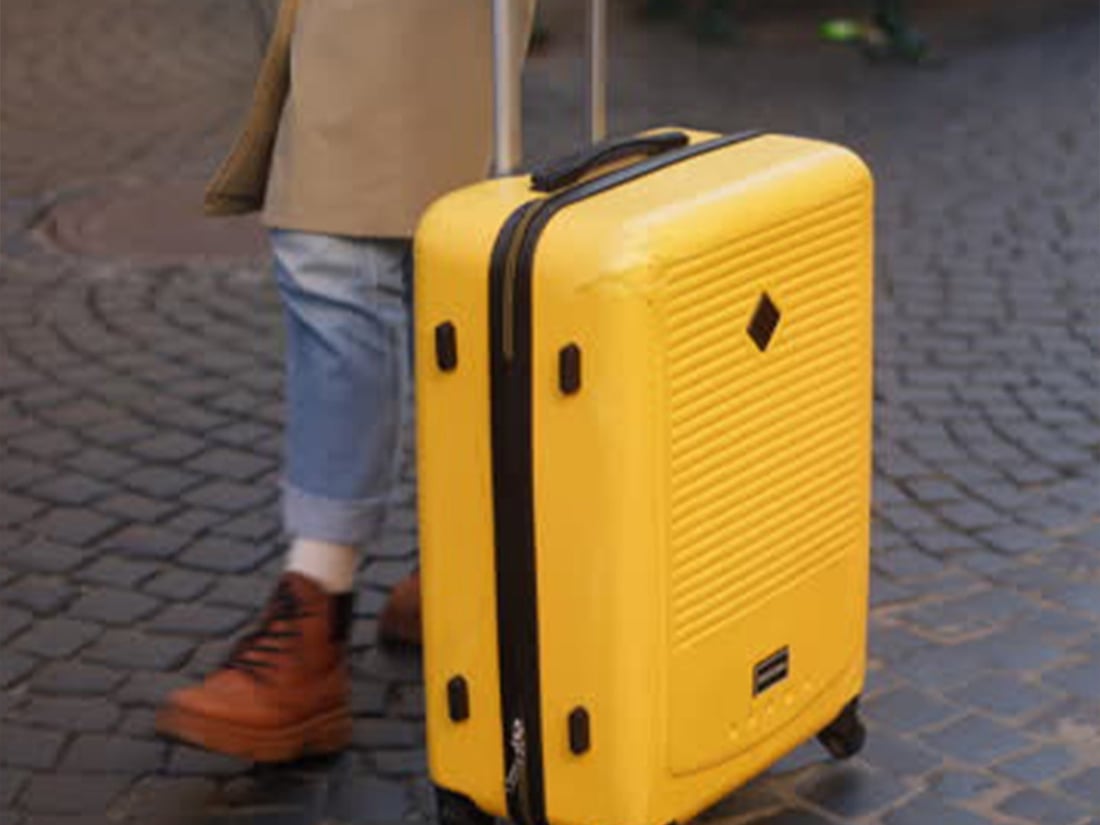The Standard Dimension of a Carry-On Luggage
Carry-on luggage has become an essential part of modern travel. Whether you are a frequent flyer or an occasional traveler, knowing the dimension of a carry-on luggage is crucial to ensure a hassle-free journey. In this article, we will explore the standard dimension of a carry-on luggage and why it matters.
The Importance of Knowing Carry-On Luggage Dimensions
Before we delve into the specific dimensions, let's discuss why knowing the carry-on luggage dimensions is important. Airlines have specific size restrictions for carry-on luggage, and exceeding these limits can result in additional fees or even having to check your bag. By understanding the standard dimensions, you can pack efficiently and avoid any unpleasant surprises at the airport.
Overall Dimensions
The overall dimensions of a carry-on luggage typically include length, width, and height. The most common size for carry-on luggage is 22 inches long, 14 inches wide, and 9 inches high (56 cm x 36 cm x 23 cm). However, it's important to note that these dimensions can vary slightly between different airlines. Some airlines may allow slightly larger or smaller carry-on bags, so it's always a good idea to check with the specific airline you are flying with.
Weight Restrictions
In addition to size restrictions, airlines also impose weight restrictions on carry-on luggage. The weight limit for carry-on bags usually ranges from 15 to 20 pounds (7 to 9 kilograms). Again, this can vary depending on the airline, so it's important to check the specific requirements before packing.
International Carry-On Dimensions
When traveling internationally, it's essential to be aware of the carry-on luggage dimensions for the specific country you're visiting. While most countries adhere to the standard dimensions mentioned earlier, some may have slightly different requirements. For example, European airlines often have smaller size restrictions compared to their American counterparts. Always double-check the dimensions to ensure compliance with the destination country's regulations.
Soft-Sided vs. Hard-Sided Carry-On Luggage
Carry-on luggage comes in two main types: soft-sided and hard-sided. Soft-sided luggage is typically more flexible and can expand to accommodate more items. However, it may be more susceptible to damage. Hard-sided luggage, on the other hand, offers more protection for fragile items but has less flexibility in terms of expansion. Consider your travel needs and preferences when choosing between these two options.
Special Considerations for Airline Carry-On Regulations
While the standard dimensions mentioned earlier are widely accepted, it's essential to note that some airlines have their own specific regulations. For example, budget airlines often have stricter size restrictions to maximize cabin space. Additionally, some airlines may have different rules for carry-on luggage for business or first-class passengers. Always check the airline's website or contact their customer service to ensure compliance with their regulations.
Packing Tips for Carry-On Luggage
Packing efficiently is key when it comes to carry-on luggage. Here are some tips to make the most of your limited space:
- Roll your clothes to save space and minimize wrinkles.
- Use packing cubes or compression bags to organize and compress your belongings.
- Wear your bulkiest items, such as jackets or boots, to free up space in your bag.
- Minimize toiletries by opting for travel-sized containers or solid alternatives.
- Utilize the space inside your shoes by stuffing small items like socks or accessories.
Choosing the Right Carry-On Luggage
With so many options available, choosing the right carry-on luggage can be overwhelming. Consider the following factors when making your decision:
- Size: Ensure the dimensions meet the requirements of the airlines you frequently fly with.
- Durability: Look for luggage made from sturdy materials to withstand the rigors of travel.
- Features: Consider additional features such as built-in locks, expandable compartments, or removable batteries for charging devices.
- Maneuverability: Opt for luggage with smooth-rolling wheels and a comfortable handle for easy navigation through airports.
In Conclusion
Knowing the dimension of a carry-on luggage is essential for every traveler. By understanding the standard sizes, weight restrictions, and any airline-specific regulations, you can pack efficiently and avoid any unnecessary complications during your journey. Remember to always check with your airline for their specific requirements and enjoy your stress-free travels!

